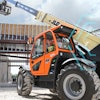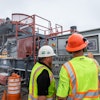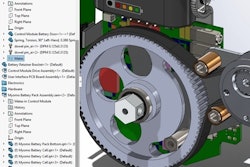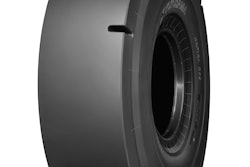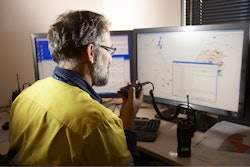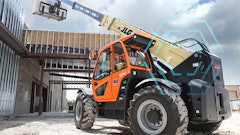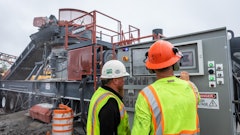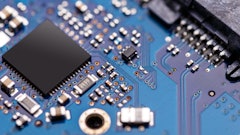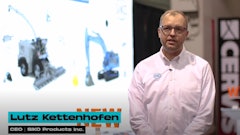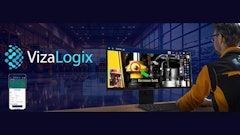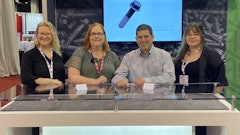NI, the provider of platform-based systems that enable engineers and scientists to solve the world’s greatest engineering challenges, recently held a technology demonstration of a new Advanced Driver Assistance Systems (ADAS) Test Solution at European Microwave Week (EuMW) 2016. The ADAS Test Solution is designed for short- and long-range radar in the 76–81 GHz range, and is based on NI’s mmWave front end technology and the recently released PXIe-5840 second-generation vector signal transceiver (VST).
“NI’s new ADAS Test Solution offers a unique approach to radar characterization and testing with its scalable capability to conduct both traceable RF measurements and system simulation,” says Stefano Concezzi, Vice President of the Global Automotive Initiative at NI. “With regulatory requirements still evolving, the flexibility of this solution allows engineers to quickly adapt their test systems to address the challenges of new radar scenarios.”
The ADAS Test Solution combines NI’s second-generation VST with banded, frequency-specific upconverters and downconverters designed to test the 76–81 GHz radar band with 1 GHz of real-time bandwidth. The system can function as an mmWave vector signal generator and vector signal analyzer because of this design. Engineers can program the VST’s FPGA with LabVIEW to use the ADAS Test Solution for radar target emulation, a technique in which test equipment emulates the radar cross section, range, radial velocity and angle of arrival of a particular object. This is essential for testing a radar system’s software and hardware.
“Radar is the key technology of the future, and the importance of radar system reliability requires advanced approaches to testing,” says Niels Koch, Radar Component Owner at Audi. “With the PXI VST, the combination of wide bandwidth and low-latency software allowed us to discover an automotive radar sensor like never before—even allowing us to identify critical bugs in our radar module that we could not detect before.”
The demands of fully autonomous driving require that future vehicles use not just radar, but a sensor fusion technique that combines inputs from GNSS, radar, cameras and LiDAR. NI’s PXI platform offers timing, triggering and synchronization capabilities, instruments from DC to RF and bus interfaces like CAN, to provide an ideal solution for testing sensor fusion. Engineers can take advantage of this flexible platform to use a single system to test the sensor hardware and perform more system-level hardware-in-the-loop testing on the embedded software that interprets and makes decisions based on the sensor data.
The new ADAS Test Solution is a part of NI’s flexible software and modular hardware platform that empowers engineers to build smarter test systems and highly customized instrumentation. Users can also benefit from the productivity of the LabVIEW and TestStand software environments, along with a vibrant ecosystem of partners, add-on IP and applications engineers to help dramatically lower the cost of test, reduce time to market and future-proof testers for tomorrow’s challenging requirements.

